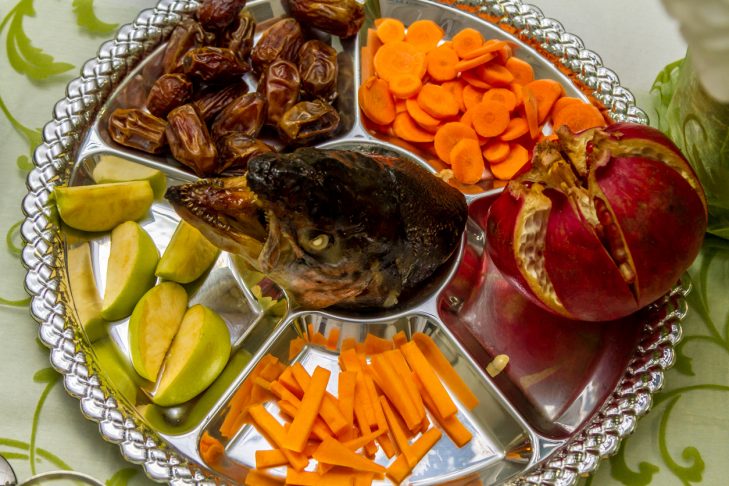At Rosh Hashanah, many people traditionally eat apples dipped in honey, a sweet snack that represents our hope for a sweet new year. But although these two foods are the most commonly known New Year’s snacks, there’s a long list of lesser-known edible simanim (symbols) related to the holiday, too. Hold a Rosh Hashanah seder, host a tapas party or organize a simanim potluck that works in some of the following foods:
Leeks
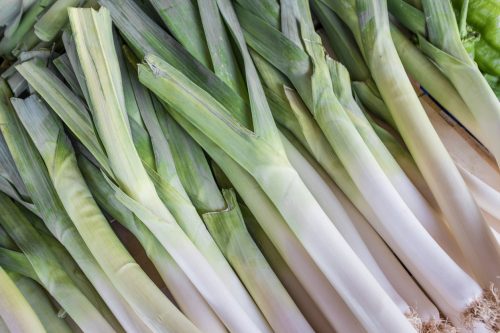
The Hebrew word for “leek” closely resembles the Hebrew word for “to be destroyed” (that’s karsi vs. kares, in case you’re curious), so we eat leeks in the hopes that our adversaries will be destroyed in the year to come.
Dates

Again with the homophones! The Hebrew words for “date” (tamri) and “consume” (yitamru) sound alike, so when we eat dates, we hope our enemies will be destroyed, or consumed.
Gourds

For reasons of Hebrew wordplay that are slightly too convoluted to go into here, we eat gourds, like pumpkins or squash, in the hopes that our bad decrees will be torn up or ignored in the new year.
Black-eyed peas
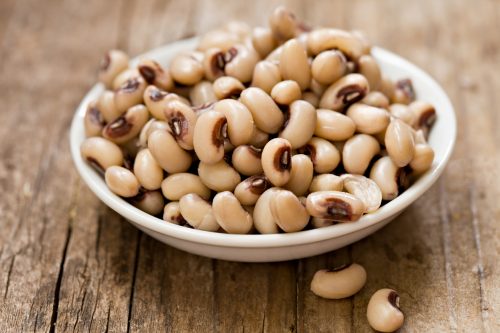
A symbol of abundance and fruitfulness, this Jewish Baghdadi custom represents our hope for both in the year to come. If you’re not down with eating them, you could always listen to them instead. (It seems unlikely that Fergie has ever been played at a Rosh Hashanah meal before, so you may be the first.)
Sauerkraut
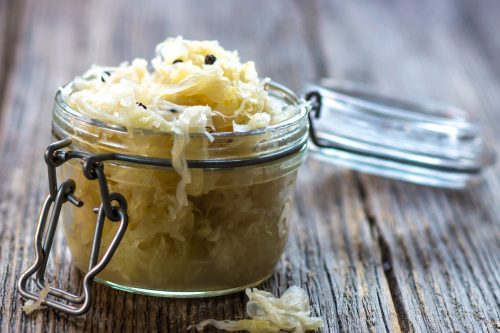
Oops, how’d this one make it on the list? Eating sauerkraut is an old secular new year tradition stemming from the Pennsylvania Dutch, who say it brings luck and prosperity to those who consume it. Hey, it couldn’t hurt.
Pomegranates

These particularly seedy fruits are said to have 613 seeds, to be exact. It just so happens that there are 613 mitzvot (Jewish obligations) by which the Jewish people are commanded to abide, so we eat pomegranates at Rosh Hashanah to indicate that we intend to fulfill those mitzvot in the new year. Way tastier than sauerkraut!
Fish heads
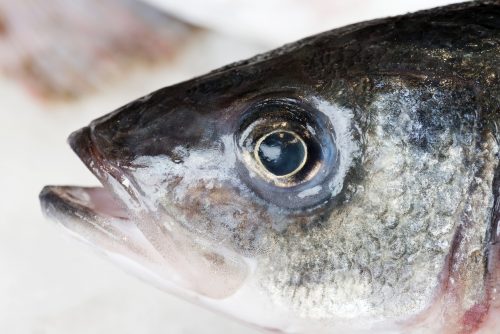
That creepy song from the ‘80s went, “Fish heads, fish heads, roly poly fish heads, fish heads, fish heads, eat ‘em up, yum!” On Rosh Hashanah, we eat fish heads because they’re said to symbolize abundance and fertility, both good things that we hope for in the new year. The idea of consuming fish heads isn’t one that appeals to a lot of contemporary American Jews, so maybe go for a whitefish salad or some nova lox instead—or just chow on a bag of Swedish Fish.

